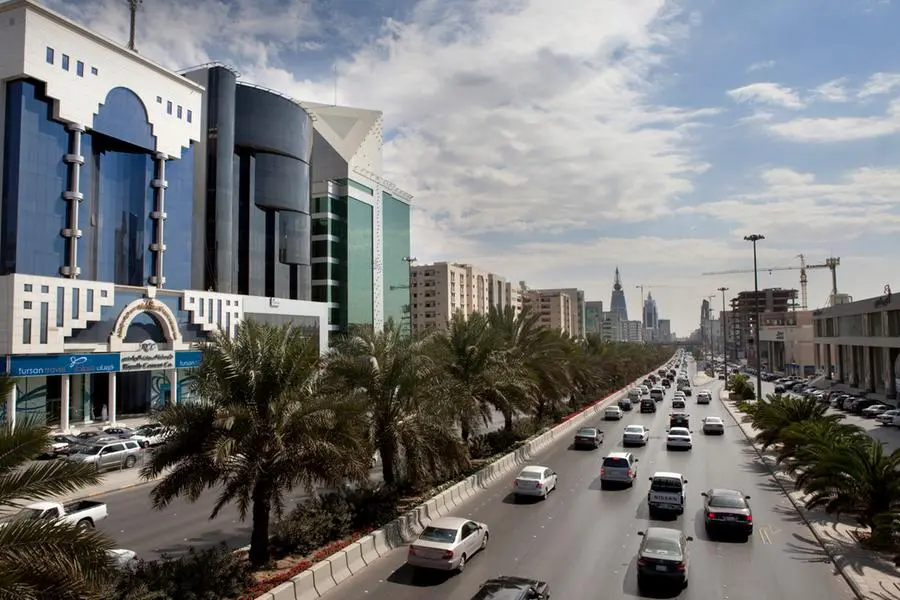PHOTO
Small business with coal and carbon - stock photo. A bunch of coal and carbon mixed with wood for heating . Image Courtesy: Getty Images
Carbon capture and utilisation initiatives help decarbonise global economy
Greenhouse gases like carbon dioxide (CO₂) trap heat in the Earth’s atmosphere, leading to global warming.
Reducing emissions helps slow the rise in global temperatures, limiting the intensity and frequency of climate-related disasters such as heatwaves, wildfires, floods, and hurricanes.
Rising temperatures and shifting weather patterns can disrupt ecosystems and biodiversity. Cutting emissions can help prevent mass extinctions of species, protect coral reefs, and preserve forests that act as carbon sinks.
Air pollution caused by greenhouse gas emissions is linked to respiratory diseases, heart conditions, and premature death. By reducing emissions from fossil fuel use, air quality gets improved, leading to better public health outcomes.
Climate change threatens agriculture by causing droughts, unpredictable rainfall, and extreme weather, which can reduce crop yields. Reducing emissions helps stabilise climate conditions, protecting global food and water supplies.
The world needs to remove around 10bn tonnes of CO2 a year – and up to 687bn tonnes by the end of the century, according to a new report.
Today, various innovations utilise CO2 to help decarbonise industries. These include creating sustainable fuels for the transport sector, as well as chemical manufacturing, construction products and materials, says the World Economic Forum.
Over the next five years, at least one of those years will likely beat 2023 to become the hottest year on record, the World Meteorological Organisation (WMO) said in June.
“We are way off track to meet the goals set in the Paris Agreement,” said WMO Deputy Secretary-General Ko Barrett. “We must urgently do more to cut greenhouse gas emissions, or we will pay an increasingly heavy price.”
While reducing carbon entering the atmosphere – decarbonising the global economy – is the most pressing challenge, speeding up the rate at which we remove carbon is equally important.
“Even if every country and every company achieves net zero by 2050, it won’t be enough. We will need to keep removing CO2 for decades afterwards – to reverse the accumulation of historic emissions,” wrote Nasim Pour, lead, Carbon Removals and Market Innovation, World Economic Forum in the ‘Carbon dioxide removal: best-practice guidelines’ white paper.
Given the urgency, scaling Carbon Dioxide Removal (CDR) technologies is critical, but it’s an all-hands-on-deck situation, and innovation in Carbon Capture and Utilisation (CCU) is also needed to rebalance CO2 levels in the atmosphere and prevent future warming.
Natural carbon solutions, including afforestation, remove around 2bn tonnes of CO2 a year. By 2050, we need to remove around 10bn tonnes a year, and by the end of the century, we need to remove up to 687bn tonnes.
‘Engineered’ Carbon Dioxide Removal (CDR) technologies, including bio-energy with Carbon Capture and Storage (BECCS), Direct Air Carbon Capture and Storage (DACCS) and Enhanced Rock Weathering (ERW), need to be scaled quickly to make an impact, but this requires investment, World Economic Forum noted.
Members of WEF’s First Movers Coalition – a group aiming to accelerate the decarbonisation of hard-to-abate sectors – have committed to contracting for 50,000 tonnes or $25mn worth of durable and scalable carbon removal by 2030.
By reducing emissions, we can mitigate climate change, safeguard the environment, and ensure a healthier, more sustainable future.
© Gulf Times Newspaper 2022 Provided by SyndiGate Media Inc. (Syndigate.info).





















